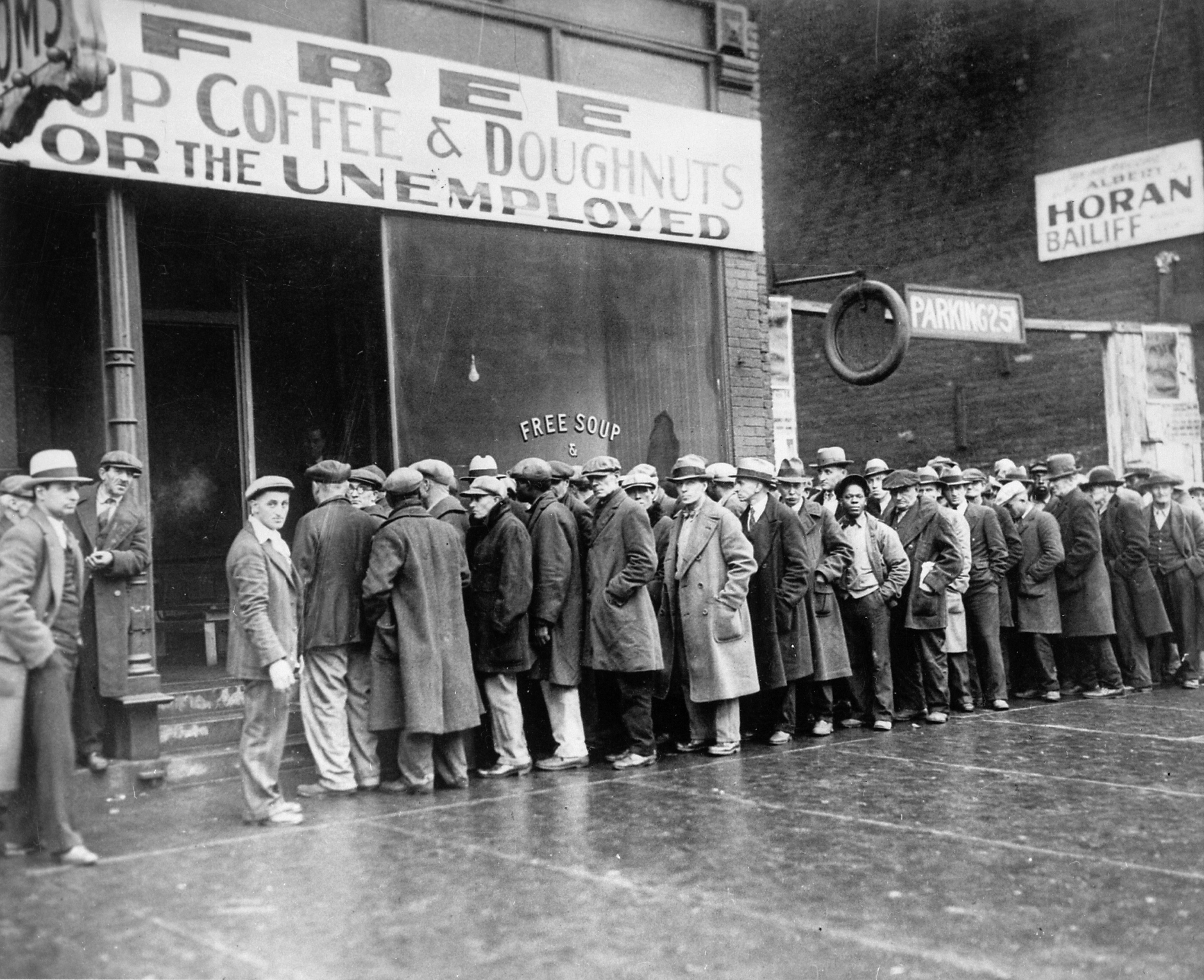Typically,
humans have short life spans. They are afraid much risk adverse due to their
short time frame. For some reason they see their imminent death as the reason
they should take on less risk.
I don't
understand.
When you
want to invest or want to withdraw you must get an estimate on the value of the
asset you want to buy or sale. How can you tell? When you plan your financial investing
strategy, how do you budget the current and future value of your fund?
Say that
you want to buy some blood in your local black-market. In the past, the cost of
a cold pint of AB+ was just over 10 bucks. However currently, the black-market
can only offer it to you for 20 bucks due to a shortage in Pakistan. Then a
month later the pint is worth back 10 bucks.
We human
have all seen it in the price of fruit, gas and pretty much everything. From a
budgeting perspective, we simply average it out. We set an average budget monthly for food and
transportation. This further average,
the average cost by bringing diversification from the various food items (ie:
yogurt, banana…) and transportation cost (ie: parking, car, train, bus…) However
when we go to the market, we simply accept the price given and buy it if we
need it. At best, we try to wait for a sale before we buy.
In the
investing world, you can ask the market guy to give you the price of any
security. That guy is so confident that he takes less than a micro second to
give you the price. However, that guy is not like your local bar where beer
price stays the same for years, but change its quote at each micro second.
Truly, that market guy is a raving lunatique which can be quite scary.
Why not
apply the same concept to your fund.
In the
case of equity and fixed income, who set the price? The raving mad market set
the price. It’s so efficient that at every single micro second it goes up and
down by a few percent.
The
raving mad market is a great tool to get the current price for you to buy and
sale. Indeed, no one* will be willing to buy at a higher than the market price.
If there was, he would lose money versus going to the market. That settle it
then, when you want to know today(exact micro second) then go for Marked-to
Market price.
Do you fear Market plunge? Uncertainty of the market?
A not well known free strategy to implement is to use a Moving Average Value (MA) instead of Market Value(MV) to estimate the value of the portfolio.
More specifically I recommend to use a Moving Average that is the average of the last 5 years Market Value multiply by two times a conservative return for a simple investor. Here's some exemple of the math using 6.8% as a conservative return.
| Year | MV |
| 2017 | 284 067 |
| 2016 | 235 207 |
| 2015 | 264 722 |
| 2014 | 276 271 |
| 2013 | 258 520 |
The average at 2017 is 263,757 $ and the Moving Average is 300,848 $. The experience average return was 3.1%.
| Year | MV |
| 2001 | 213 007,01 |
| 2000 | 211 837,35 |
| 1999 | 147 543,38 |
| 1998 | 131 198,18 |
| 1997 | 100 000,00 |
The average at 2001 is 160,717$ and the Moving Average is 183,318$. The experience average return was 21.9%.
As you can see the MA paint the reality a bit more rose in the first case (extra 17,000) and bleak the second case (less 30,000). This is great and exactly what you need to be more rational in making a long term decision.
The moving average technique should please the risk adverse in you where ever you stand on the issue. From a full investment risk (100% Equity), you would feel a yearly variation of less than a very conservative portfolio (50% Corporate bond/50% T-Bills).
The main benefit is that it reduces your blood pressure (if you have any) you experience an economic crash. Instead of sensing your full investment risk fund sink by 37% as in the last 2008 crash, you will feel only a 2% drop. That's huge. Even using a 50% T-Bills / 50% US Equity, you would still have sense a lower volatility compare to a marked-to-market metric.
The main negative is that if use alone as a single metric, it hides the current state of affairs. If your objective is to take a small portion of the fund each year (less than 25%) than using a smoothing metric makes sense. If you want to buy a boat with it, then perhaps consider using the current fund value.


Aucun commentaire:
Enregistrer un commentaire